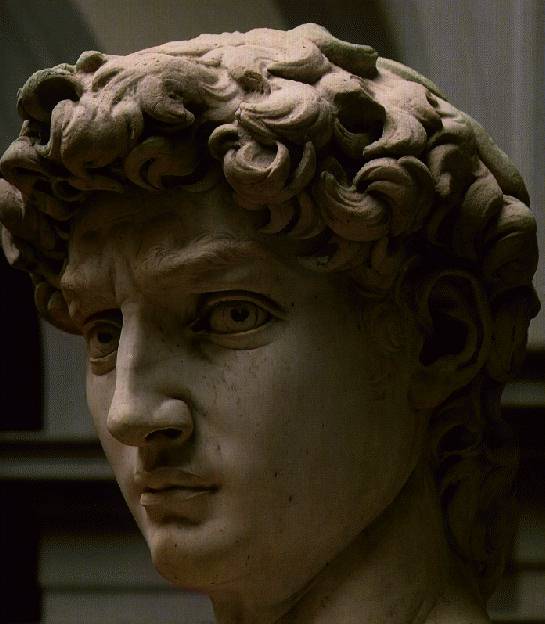
In this poem, it is clear that the speaker, who could possibly be J. Alfred Prufrock, is an aging man in distress about his failed attempts at love. When he says "In the room the women come and go / Talking of Michelangelo," it seems that he wonders why every woman that enters his life must leave. Also, I believe that Michelangelo could represent superior men for whom the women leave the speaker. The speaker also seems to feel that his time is running out to find love, as he says "Time to turn back and descend the stair, / With a bald spot in the middle of my hair." This shows that although he can go back to try to find love, he will not get any younger and is therefore constantly losing opportunities.
It is clear that the speaker of this poem has been through a lot and has had his share of experiences with lost love. In many instances, he talks of things that he is very familiar with, such as the "Arms that are braceleted and white and bare," which symbolizes the variety of women that he has loved. He also makes it evident that he has had his fair share of lost love, as he seems to repeatedly hear women say "That is not what I meant at all. / That is not it, at all," which seems to be the typical line spoken after each ended relationship. However, after all of this lost love, he seems to come to terms with his aging, wondering what he should do to essentially go along with the natural process.
Also, the speaker makes it clear to the reader that he is very conflicted in his thoughts, causing him to parallel William Shakespeare's character of Hamlet. As the poem progresses, his anxiety and insecurity seem to grow and grow and each stanza intensifies the feelings in the prior. For example, when he continually repeats that "There will be time..." he is showing that there is no need to rush into action. He continues to wonder "Do I dare?", showing that he is clearly having second thoughts about ever taking action, exactly like Hamlet. As he doubts himself more and more, he decides that he will turn back completely, abandoning the setting that he is in. In the next stanza, Prufrock describes all of the painful experiences that he has endured in his life, which shows the apparent cause of his inability to act. Through these two critical stanzas, it becomes apparent that Prufrock is a Hamlet figure, as he loses all confidence in himself, therefore causing him to "turn back and descend the stair."
1 comment:
I like your analysis of Michelangelo - representing men greater than he! Now think more about Prufrock's personality. What is this guy's problem, anyway?
Post a Comment